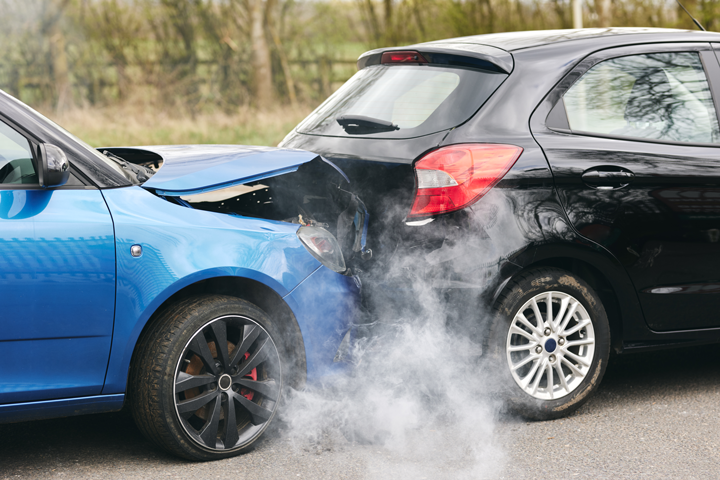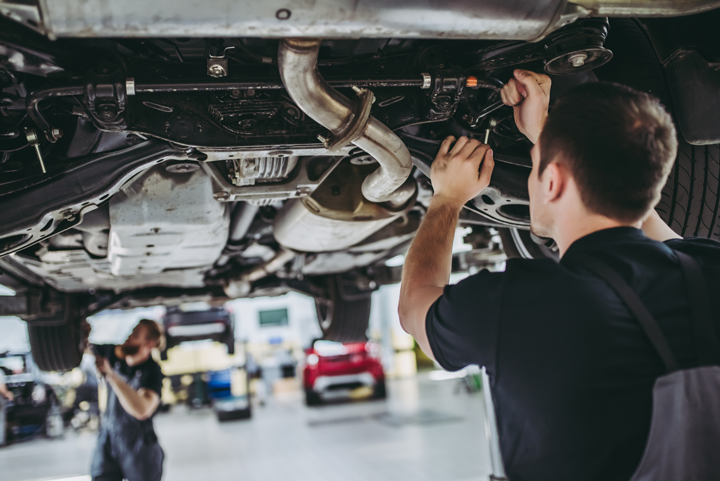Can a Rear-End Accident Crack Your Radiator?
If you were recently in a car accident, you’re probably concerned about the condition of your vehicle. Your car could be damaged in places you can’t see, which can lead to other problems if left untreated. It seems counterintuitive, but a rear-end collision can be deadly for your car’s radiator. How do you know if yours has any problems after an accident?
Need collision repair to fix the damage to your car after an accident?
Contact Flagstaff Collision Center for the auto body repair services you need!
Can a Rear-End Accident Crack Your Radiator?
If you were rear ended, you are probably thinking that your radiator is not at risk of damage since it is located at the very front of the vehicle. Unfortunately, rear-end accidents have the potential to cause destruction to nearly any part of your car. Don’t underestimate the amount of force that is exerted in these accidents. The force works as a ripple effect as it carries forward through your car, causing damage in places you would never expect.
A cracked radiator is a fairly common outcome of rear-end accidents, even in low-impact ones. In many cases, whether or not your radiator is damaged depends on the type of vehicle and how it is constructed. If there is little room between the radiator and the front of the engine, a crack from impact is likely to occur.
How Do You Know If You Have a Crack In Your Radiator?
The radiator is essential to your car’s cooling system. If you have ever seen a car overheating and shutting down, the root of the problem most likely stems from the radiator. If you notice any cooling issues with your vehicle after an accident, your radiator should be the first thing you check. Below is an outline of some other specific signs that you may need to look out for if you are worried about radiator issues.
Common Signs That You Have a Crack in Your Radiator
- Your engine is overheating. This is the top sign to monitor. Like we mentioned earlier, any cooling issue with your car will point back to the radiator as the source of the problem.
- Coolant leaks under your car. A crack in your radiator is likely to cause red, yellow or green coolant fluid to leak from your car. These coolants are important to keep your engine from getting too hot. Once the levels become too low, your engine will overheat.
- The radiator fluid looks like brown soup. Radiator fluid should be bright yellow or green. If you shine a light in the radiator and notice that it is brown, this is a good indicator that your radiator is blocked.
- The interior passenger heater is not working right. If you notice that your car is not producing hot air when you turn on the heater, this is a sign that you could have an issue with the radiator. The hot air that should be coming out of the vents comes from the hot coolant that passes through the core of the radiator.
- You are having trouble shifting gears. This is not as common as some of the above-mentioned issues, but it certainly can occur. Shifting can become troublesome as the fluid from an integrated transmission cooler is tainted with coolant.
If you were involved in a rear-end accident, it’s so important to keep an eye on your vehicle over the next couple weeks. Damage may have occurred that hasn’t shown itself yet. When it comes to a cracked radiator, be on the lookout for any cooling issues and continue to monitor your car for any of the above-mentioned signs. It’s always best to catch radiator issues early so that you can get it repaired before it inconveniently shuts you down on the side of the road.
At Flagstaff Collision Center, we provide quality services to our clients in Northern Arizona, including collision repair, dent removal, bumper repair, and auto paint repair. Learn more about us and the services we offer.




